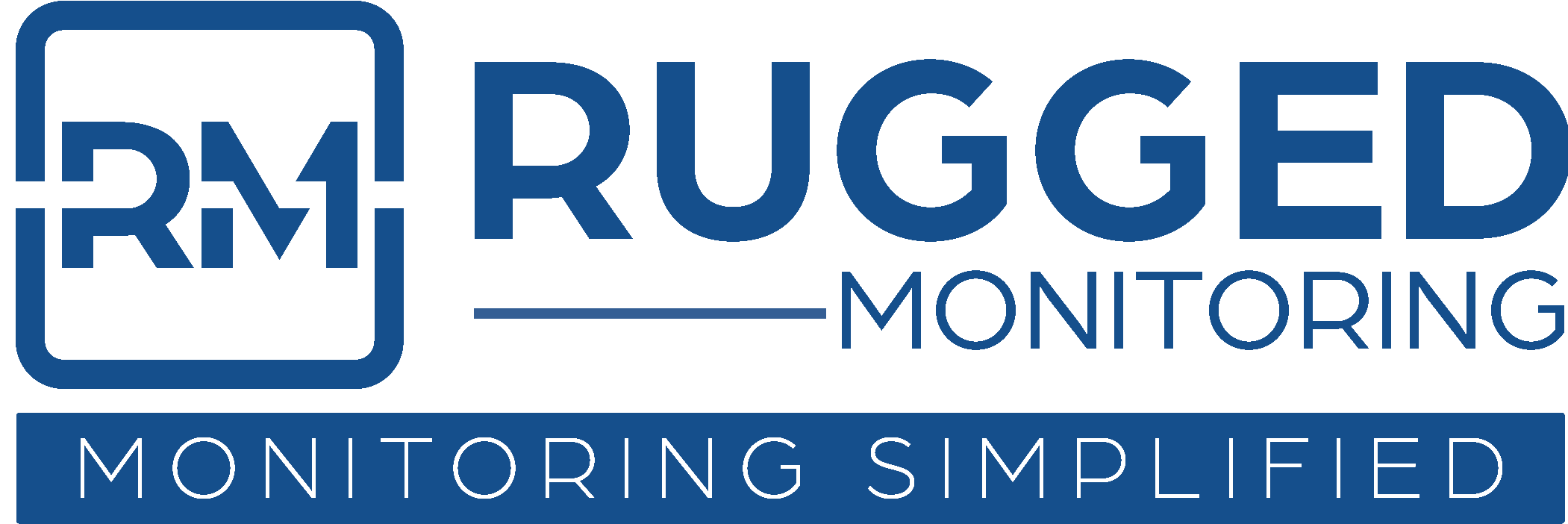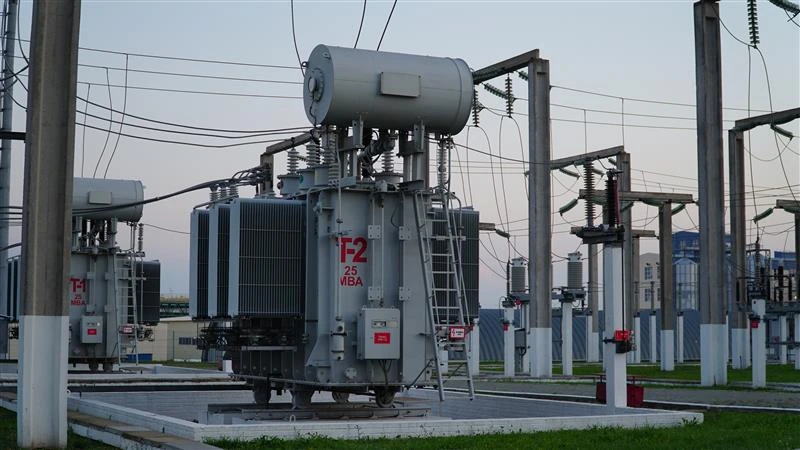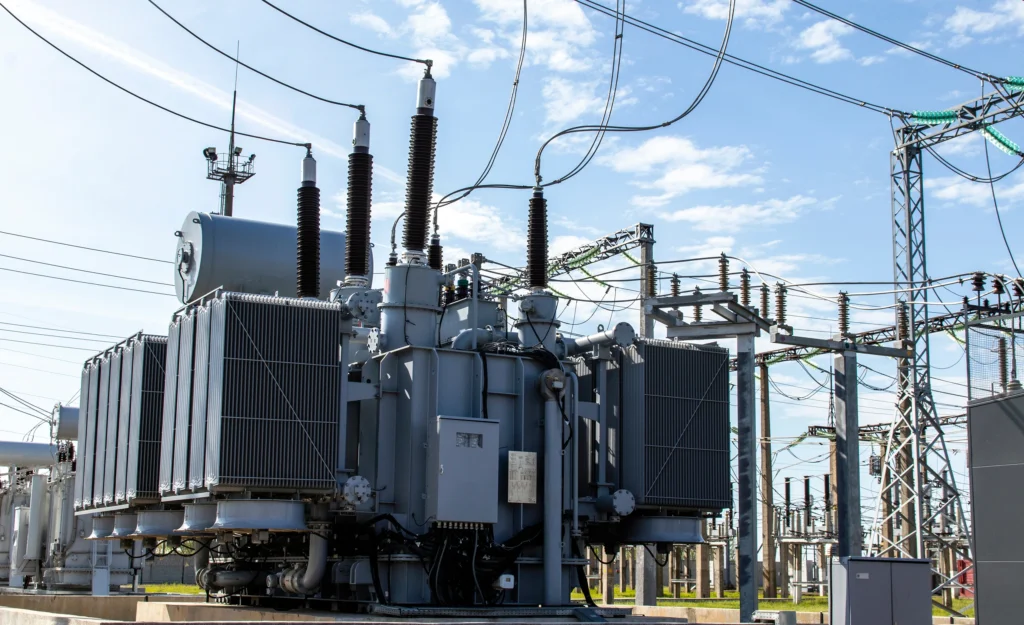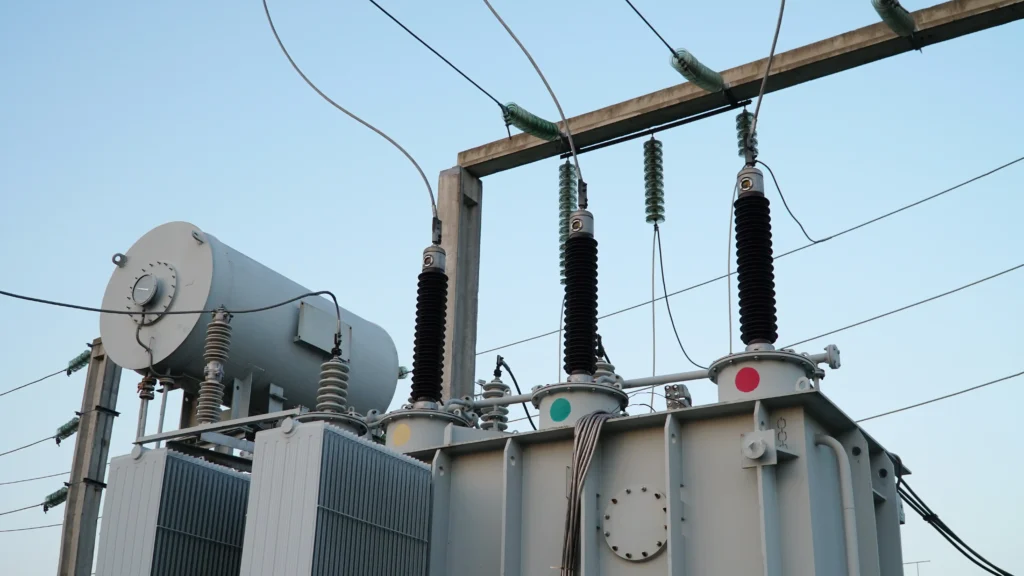Introduction:
The modern electrical landscape is evolving, with generators standing as its crucial cornerstone. Generators, responsible for ensuring uninterrupted power supply, have traditionally undergone extensive “generator testing” processes to ensure efficiency and durability. However, with the surge of technological advancements, particularly in the realm of electrical asset monitoring software, the dynamics of generator testing are being redefined.
The software promises not just a simplified approach but a more accurate and timely one. Its significance, especially to stakeholders like asset managers, GIS engineers, and utility firms, cannot be understated. This article delves deep into this transformation, exploring the pivotal role of the software in optimizing generator testing for peak performance.
1. Introduction to Generator Testing:
Generator testing, a rigorous protocol, is foundational to the electrical industry. Its core aim is to ensuring that generators perform at their optimal capacities, delivering reliable power. The traditional methodologies often demanded hands-on inspections, periodic evaluations, and routine maintenance cycles. But as industries progress, there’s a need for more refined, accurate, and efficient processes.
The introduction of electrical asset monitoring software has been a game-changer. Transitioning from manual, often cumbersome, methods to software-driven processes brings forth a new era of precision. The continuous, real-time feedback mechanism embedded within these tools ensures that potential issues are identified and addressed promptly.
Adopting these software tools is no longer a luxury but a necessity in today’s fast-paced electrical environment. As the demand for consistent power supply grows, so does the need for reliable generators. And at the heart of this reliability lies effective, accurate, and timely generator testing.
It’s evident that the integration of such software tools can enhance the reliability of generator testing processes by up to 60%, showcasing their undeniable value.
2. Technological Advancements in Testing:
The realm of generator testing has been significantly enhanced through technological innovations. Electrical asset monitoring software stands at the forefront of this revolution, equipped with advanced sensors, data analytics, and predictive algorithms. These technologies not only facilitate real-time monitoring but also pre-emptive identification of potential challenges.
It’s a transition from reactive measures to proactive solutions. Instead of addressing issues post-manifestation, the software allows for early detection and mitigation. This shift is particularly vital for large-scale operations where downtimes can result in substantial financial implications.
Predictive analytics, a feature embedded in advanced monitoring tools, utilizes complex algorithms to forecast potential system anomalies. Such foresight ensures that necessary adjustments can be made well in advance, optimizing generator performance and extending its operational lifespan.
For GIS design engineers, transformer design experts, and electrical consultants, these advancements aren’t mere tools. They represent a shift towards smarter, more efficient, and incredibly precise generator testing processes, backed by data-driven insights and state-of-the-art technology.
3. Benefits for Electrical Assets:
Optimized generator testing extends beyond ensuring the generator’s performance. It directly impacts the health and efficiency of all associated electrical assets. The real-time feedback and in-depth analytics provided by electrical asset monitoring software play a crucial role in ensuring minimal wear and tear, extending the operational lifespan of these assets.
In any industrial setting, the longevity of electrical assets translates to cost savings. When these assets operate at peak efficiency, the risks of unplanned downtimes reduce significantly. This not only guarantees consistent performance but also reduces the financial burdens of frequent replacements or repairs.
Additionally, the data collected through the software provides invaluable insights. These insights guide maintenance schedules, operational adjustments, and resource allocations, ensuring that every electrical asset in the ecosystem benefits from optimized generator testing.
A holistic approach to generator testing, therefore, ensures that the entire electrical infrastructure benefits. Whether it’s the primary generator, the transformers, or even the distribution networks, optimized testing ensures peak performance across the board.
4. Safety and Compliance Standards:
Safety remains paramount in the electrical domain. With the advent of electrical asset monitoring software, safety protocols during generator testing have been significantly enhanced. The software ensures comprehensive safety measures, drastically reducing potential risks during the testing phase.
Remote monitoring capabilities embedded within these tools minimize the need for on-site inspections, especially in high-risk zones. This reduces potential hazards to personnel, ensuring a safer testing environment. Moreover, the software’s continuous feedback mechanism can identify safety breaches in real-time, prompting immediate corrective actions.
Beyond ensuring safety, the software also aids in regulatory compliance. Modern electrical operations need to adhere to stringent regulations and standards. Through automated logs, real-time reports, and detailed analytics, the software ensures that every facet of the generator testing process remains within the stipulated guidelines.
Incorporating electrical asset monitoring software, can lead to a notable 40% reduction in safety incidents. This statistic underscores the software’s unmatched potential in creating a secure, compliant, and efficient testing environment.
5. Cost-Efficiency and ROI:
The integration of electrical asset monitoring software in generator testing processes represents a significant financial investment. However, the long-term returns and savings it promises far outweigh the initial costs. By optimizing testing processes, ensuring the health of electrical assets, and minimizing unplanned downtimes, the software promises an impressive return on investment (ROI).
The reduced frequency of asset replacements or repairs, coupled with enhanced operational efficiency, directly impacts the bottom line. Moreover, the predictive analytics feature allows for pre-emptive maintenance, which is notably more cost-effective than reactive repairs post breakdown.
When viewed through a broader lens, the software’s contributions go beyond direct cost savings. By ensuring consistent power supply, businesses can maintain their operations without interruptions, preventing potential revenue losses. Additionally, the insights provided by the software can guide future investments, ensuring resources are allocated to areas that promise the best returns.
With a focus on long-term benefits, it’s evident that the ROI offered by electrical asset monitoring software is substantial. The combination of direct cost savings, enhanced operational efficiency, and informed investment decisions positions it as an invaluable tool in the modern electrical landscape.
6. Future Prospects and Industry Impact:
The fusion of advanced electrical asset monitoring software with traditional generator testing methodologies heralds a promising future for the electrical industry. This synergy promises not just peak performance but also a holistic enhancement in the health and longevity of electrical assets.
Emerging technologies, such as AI and machine learning, are set to further refine these processes. Predictive analytics capabilities will become even more accurate, and real-time feedback mechanisms will be further accelerated, offering almost instantaneous insights.
For stakeholders, from utility companies to software developers, this evolution represents a blueprint for the future. A future defined by unparalleled efficiency, stringent safety standards, and impressive cost savings. With continued research and technological advancements, the prospects for generator testing and, by extension, the broader electrical industry, are boundless.
Conclusion:
Incorporating electrical asset monitoring software in generator testing processes represents the confluence of traditional practices with futuristic technology.
This integration ensures unparalleled performance, safety, and efficiency, promising a robust and sustainable future for electrical assets.
For all stakeholders, from asset managers to GIS design engineers, this isn’t merely a technological upgrade. It’s a vision for the future – a future where precision, efficiency, and innovation drive the electrical industry, setting new benchmarks in performance and reliability.




